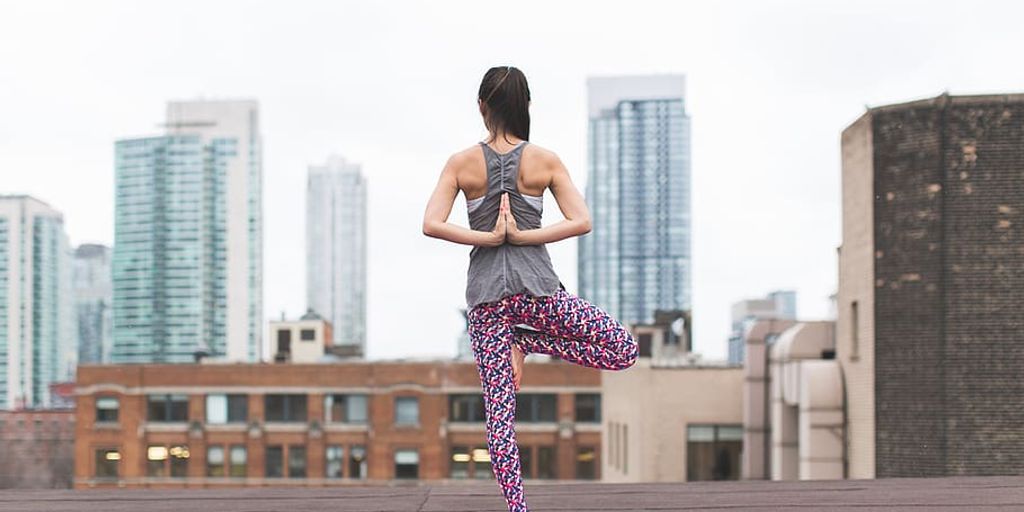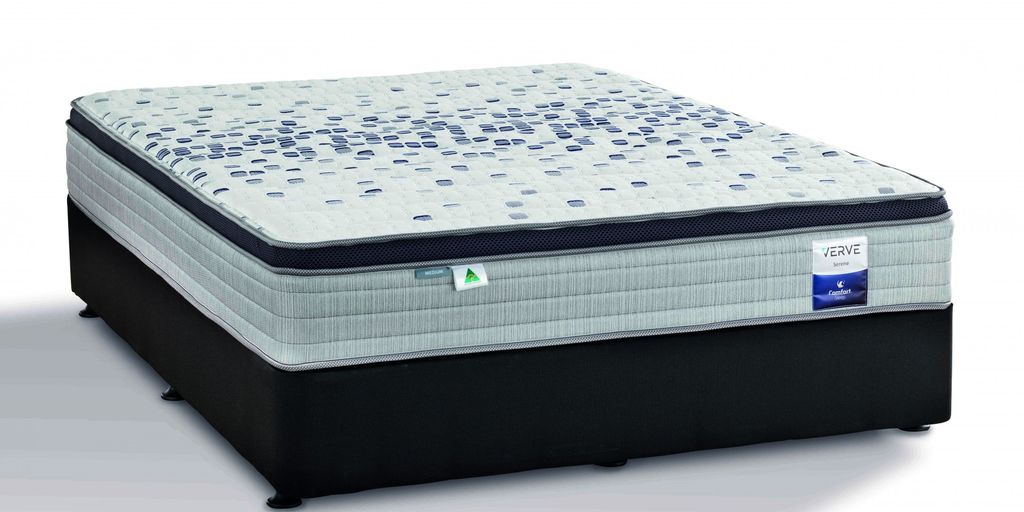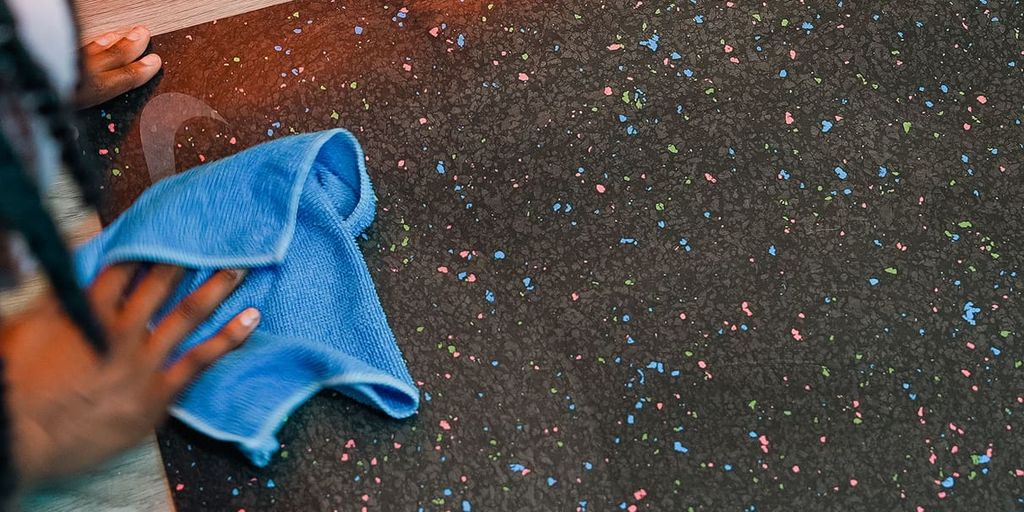
Step-by-Step Guide: How to Wash a Yoga Mat for Maximum Longevity
Keeping your yoga mat clean is essential not just for hygiene but also for maintaining its performance and longevity. A well-maintained mat can enhance your practice, providing better grip and comfort. This step-by-step guide will walk you through the best practices for washing your yoga mat, ensuring it remains in top condition for years to come.
Key Takeaways
- Regular cleaning prevents bacterial growth and extends the life of your yoga mat.
- Use the right cleaning solutions and tools to avoid damaging your mat.
- Hand washing is generally safer than machine washing, but always check manufacturer guidelines.
- Proper drying techniques are crucial to prevent mold and mildew.
- Maintaining your mat between washes with quick wipe-downs and mat sprays can make deep cleaning easier.
Why Regular Cleaning is Essential for Your Yoga Mat
Preventing Bacterial Growth
Regular cleaning of your yoga mat is crucial for preventing bacterial growth. Sweat and dirt can accumulate on the surface, creating a breeding ground for bacteria and fungi. This can lead to unpleasant odors and potential skin infections.
Maintaining Grip and Performance
A clean yoga mat ensures that you maintain optimal grip and performance during your practice. Dirt and oils from your skin can make the mat slippery, increasing the risk of injury. Regular cleaning helps to keep the mat's surface tacky and safe.
Extending the Life of Your Mat
By regularly cleaning your yoga mat, you can significantly extend its lifespan. Accumulated dirt and sweat can degrade the material over time, causing it to wear out faster. Proper maintenance keeps the mat in good condition, saving you money in the long run.
Regular cleaning not only keeps your yoga mat hygienic but also enhances your overall yoga experience by ensuring safety and longevity.
Materials You Will Need to Wash Your Yoga Mat
To ensure your yoga mat is thoroughly cleaned and well-maintained, you'll need a few essential materials. Choosing the right cleaning solution is crucial for effectively removing dirt and bacteria without damaging the mat. Opt for a gentle, non-toxic cleaner that is safe for your mat's material.
Essential Tools and Accessories
Gathering the right tools will make the cleaning process easier and more efficient. Use a microfiber cloth, the soft side of a sponge, or an old cotton t-shirt to scrub your yoga mat clean. These materials are gentle on the mat's surface and help prevent any damage.
Eco-Friendly Cleaning Options
For those who prefer environmentally friendly options, there are several eco-friendly cleaning solutions available. Look for products that are biodegradable and free from harsh chemicals. You can also make a DIY cleaner using natural ingredients like vinegar and water.
Properly cleaning your yoga mat not only keeps it hygienic but also extends its lifespan, ensuring you get the most out of your investment.
Preparing Your Yoga Mat for Cleaning
Inspecting for Damage
Before you start cleaning, it's crucial to inspect your yoga mat for any damage. Look for tears, holes, or worn-out areas that might need special attention or repair. This step ensures that you don't exacerbate any existing issues during the cleaning process.
Pre-Cleaning Steps
Begin by shaking off any loose dirt or debris from your mat. This makes the actual cleaning more effective. If your mat is particularly dirty, you might want to give it a quick wipe-down with a damp cloth to remove surface grime.
Setting Up Your Cleaning Area
Choose a well-ventilated area to clean your mat. Ideally, this should be a space where you can lay the mat flat and have easy access to water. Gather all your cleaning supplies beforehand to make the process smoother. A clean, flat surface will help you scrub and rinse your mat more efficiently.
Regularly washing your yoga mat prevents bacteria buildup, extends mat lifespan, and enhances yoga practice.
Step-by-Step Guide to Hand Washing Your Yoga Mat
Hand washing your yoga mat is a gentle and effective way to keep it clean and extend its life. Follow these steps to ensure your mat stays in top condition.
Mixing Your Cleaning Solution
Start by preparing a cleaning solution. You can use a mixture of water and mild soap or a DIY cleaning solution. Ensure the solution is well-mixed before applying it to your mat.
Scrubbing Techniques
Lay your yoga mat on a flat surface indoors. Spray the mat liberally with your cleaning solution, prioritizing visible dirty spots. Use a soft cloth or sponge to scrub the mat gently in circular motions. Avoid using harsh scrubbing tools that could damage the mat's surface.
Rinsing and Drying
After scrubbing, rinse the mat thoroughly with clean water to remove any soap residue. It's crucial to ensure all soap is washed off to prevent slipping during your next practice. Once rinsed, hang the mat to air dry completely before rolling it up for storage.
Proper drying is essential to prevent mold and mildew growth, which can compromise the integrity of your yoga mat.
Machine Washing: Is It Safe for Your Yoga Mat?
Checking Manufacturer Guidelines
Before considering machine washing, always check the manufacturer's guidelines. Some mats are specifically designed to withstand machine washing, while others may deteriorate quickly. Ignoring these guidelines can void warranties and reduce the lifespan of your mat.
Best Practices for Machine Washing
If your mat is machine-washable, follow these best practices:
- Use a gentle cycle with cold water.
- Avoid using harsh detergents; opt for mild, eco-friendly options.
- Place the mat in a laundry bag to prevent it from getting tangled.
Air Drying vs. Machine Drying
Air drying is generally recommended for yoga mats. Machine drying can cause the mat to lose its shape and texture. Hang your mat in a well-ventilated area away from direct sunlight to ensure it dries thoroughly.
Proper drying is crucial to prevent mold and mildew buildup, which can compromise the mat's integrity and hygiene.
Tips for Maintaining Your Yoga Mat Between Washes
Quick Wipe-Downs After Each Use
After every yoga session, it's crucial to give your mat a quick wipe-down. This helps remove sweat and oils that can degrade the material over time. Use a damp cloth with a mild cleaning solution to keep your mat fresh and clean.
Using a Mat Spray
A mat spray can be a convenient way to maintain your yoga mat between washes. Look for sprays that contain natural ingredients like tea tree oil, which has antibacterial properties. Simply spray your mat and wipe it down with a clean cloth.
Proper Storage Solutions
Proper storage is essential for maintaining the longevity of your yoga mat. Always roll your mat up loosely and store it in a cool, dry place. Avoid leaving it in direct sunlight or in the trunk of your car, as excessive heat can cause the material to break down.
Regular maintenance can significantly extend the life of your yoga mat, ensuring it remains a reliable companion for your practice.
Common Mistakes to Avoid When Washing Your Yoga Mat
Using Harsh Chemicals
One of the most common mistakes is using harsh chemicals to clean your yoga mat. Avoiding common cleaning mistakes, such as using bleach or other strong cleaners, will prevent damage to your mat and ensure its longevity. Instead, opt for mild, natural cleaning solutions.
Over-Saturating the Mat
Over-saturating your yoga mat can lead to waterlogging, which can cause the mat to deteriorate faster. Use a damp cloth rather than soaking the mat entirely. This will help maintain the mat's integrity and performance over time.
Skipping the Drying Process
Skipping the drying process is another critical mistake. Always make sure your mat is completely dry before rolling it up or storing it. This prevents mold and mildew from developing, which can be harmful to both your mat and your health.
Proper care and attention to detail can significantly extend the life of your yoga mat, ensuring it remains a reliable companion for your practice.
When washing your yoga mat, it's easy to make mistakes that can damage the material or reduce its lifespan. Avoid using harsh chemicals, and always ensure your mat is completely dry before rolling it up. For more tips and to explore our range of high-quality yoga mats, visit our website.
Conclusion
Maintaining a clean yoga mat is essential for both hygiene and the longevity of the mat. By following the step-by-step guide outlined in this article, you can ensure that your yoga mat remains in top condition, providing you with a safe and comfortable surface for your practice. Regular cleaning not only helps in removing dirt and sweat but also prevents the buildup of bacteria and unpleasant odors. Remember, a well-maintained yoga mat contributes to a more enjoyable and effective yoga experience. So, take the time to clean your mat regularly and enjoy the benefits of a fresh and long-lasting yoga mat.
Frequently Asked Questions
How often should I wash my yoga mat?
It's recommended to wash your yoga mat every 1-2 weeks if you practice regularly, or immediately after a particularly sweaty session.
Can I use any type of soap to clean my yoga mat?
It's best to use a mild, non-abrasive soap or a specially formulated yoga mat cleaner to avoid damaging the mat's material.
Is it safe to put my yoga mat in the washing machine?
Always check the manufacturer's guidelines, but generally, hand washing is preferred to maintain the integrity of the mat.
How should I dry my yoga mat after washing?
Air drying is the best method. Lay the mat flat or hang it over a drying rack away from direct sunlight.
What should I do if my yoga mat starts to smell?
Regular cleaning and using a mat spray with essential oils can help keep odors at bay. For stubborn smells, a deeper clean may be necessary.
Can I use vinegar to clean my yoga mat?
Yes, a mixture of water and white vinegar can be an effective and eco-friendly cleaning solution for your yoga mat.


